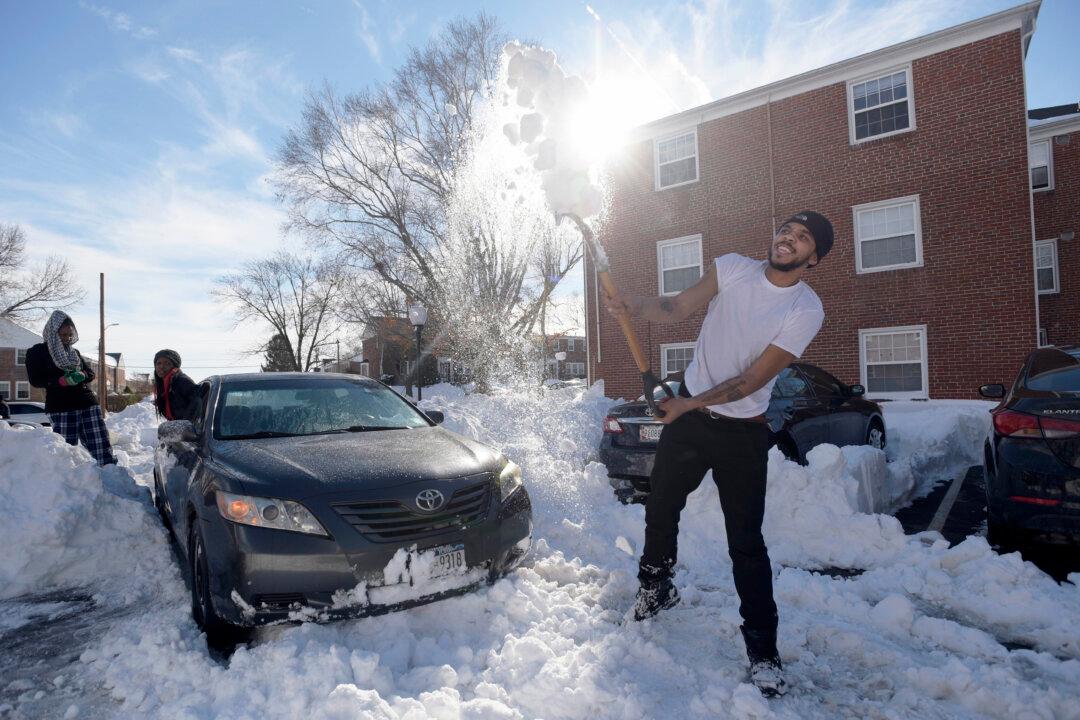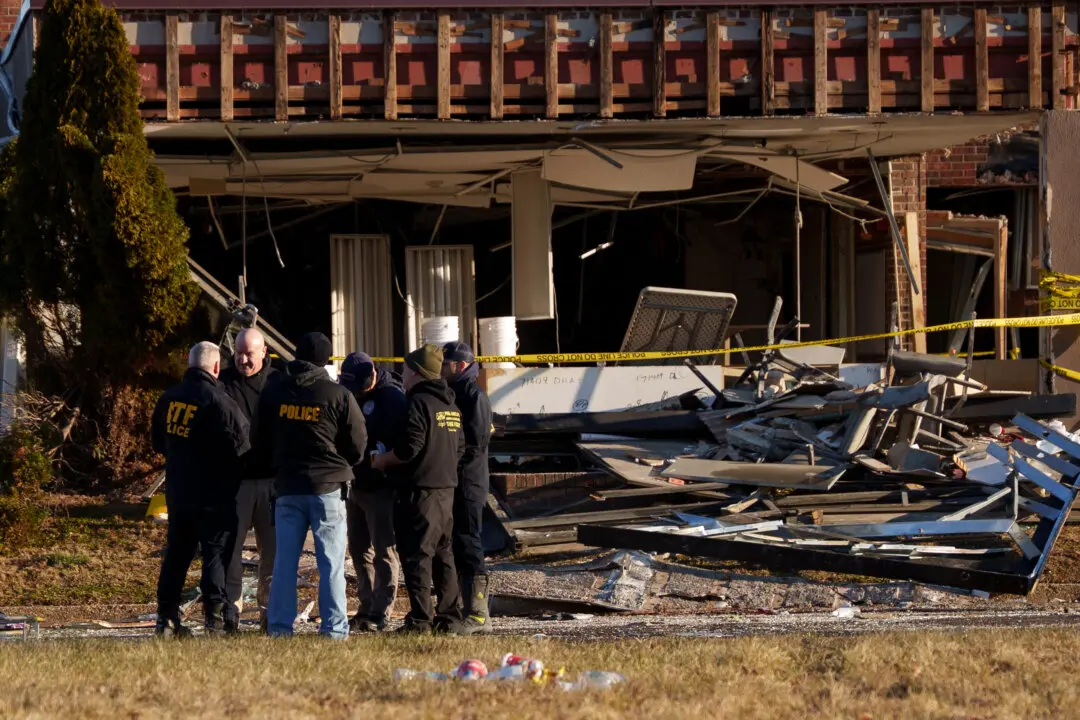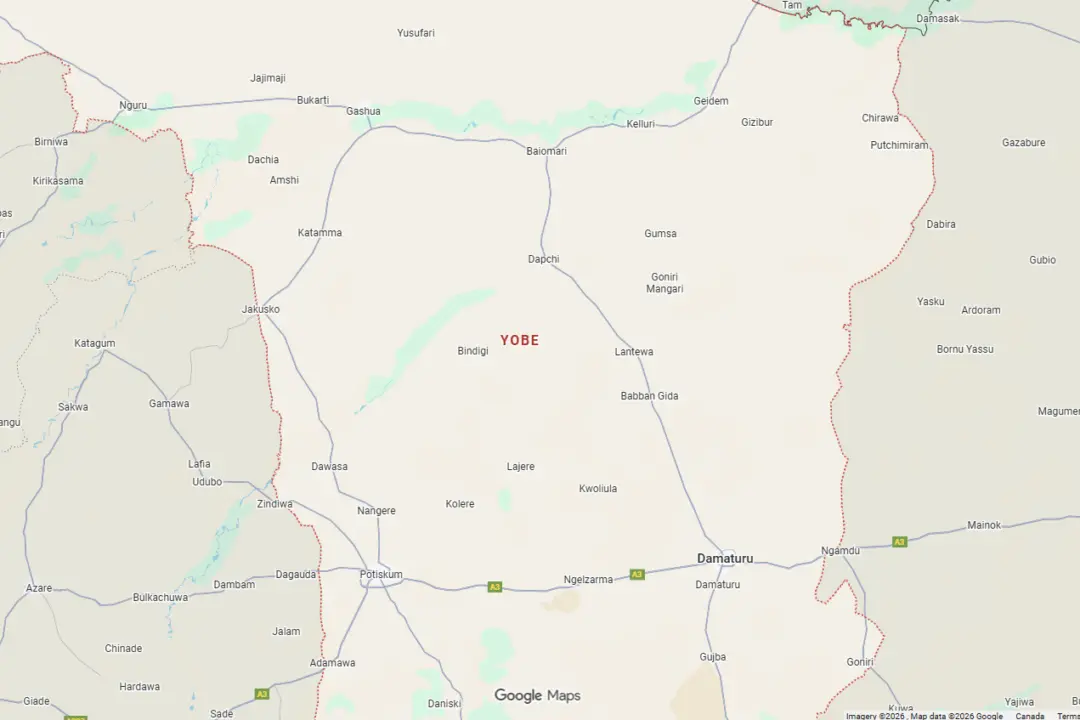WASHINGTON—After more than three days with life at a virtual standstill in the nation’s capital and elsewhere up and down the East Coast, the cities hit hard by a massive snowstorm were getting closer to their normal routines.
In the Washington area, the Metro subway system was scheduled to be close to fully operational Tuesday morning after it gradually lurched back into service throughout the day Monday. Trains were expected to still run less often, though.
Schools in the District of Columbia, northern Virginia and Maryland were still closed, and federal offices were closed for another day. District government employees will be back at work.
In Washington, crews spent the day concentrating on clearing roads in the downtown core, most of which were still covered in brown slush Monday. That would have caused problems for commuters, but there weren’t many, with both federal and local government offices closed and many private businesses still shuttered. The monuments and memorials on the National Mall and the Smithsonian’s museums were closed, too. Some, but not all, of the museums will welcome visitors again Tuesday.






